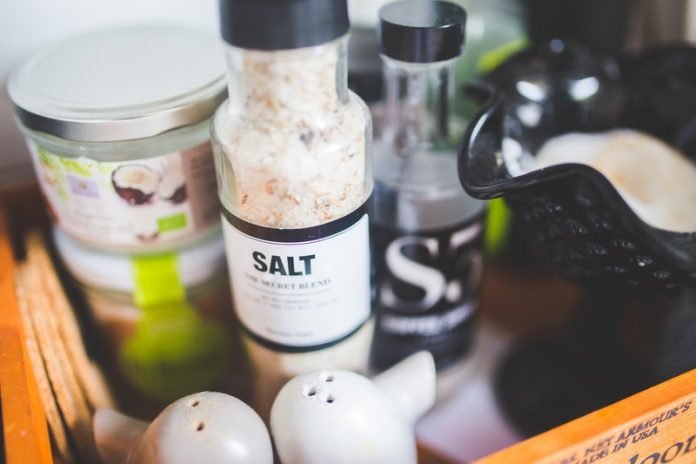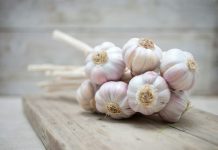
In a new study from Harvard, researchers found consuming high levels of sodium and low levels of potassium may increase the risk for heart disease.
On average, Americans eat about 3,400 milligrams of sodium each day, much of that from store-bought packaged foods and restaurant meals, according to federal dietary guidelines.
That’s much more than the limit of 2,300 milligrams a day of sodium recommended by the American Heart Association, with an ideal limit of no more than 1,500 mg per day for most adults.
Too much sodium in the bloodstream pulls water into the vessels, increasing the volume of blood flowing through them.
That can lead to high blood pressure and an increased risk of heart attack and stroke. Potassium helps lower blood pressure by lessening the effects of sodium.
However, past research that used less than ideal methods to assess sodium yielded mixed results, with some studies showing both low- and high-sodium diets are linked to cardiovascular disease.
In the study, the team examined data from 10,709 generally healthy adults who were an average of 52 years old.
Their sodium and potassium were measured with at least two 24-hour urine samples, meaning all urine was produced in a full day, which is considered the optimal method.
During an average follow-up of 8.8 years, there were 571 cardiovascular disease events such as a heart attack or stroke.
The researchers found that higher sodium levels, lower potassium levels, and higher sodium-to-potassium ratios were all associated with higher risk.
Participants with the highest levels of sodium in the urine (an average of about 4,700 mg) were 60% more likely to have a heart event than those with the lowest sodium levels (about 2,200 mg).
Those with the highest levels of potassium (about 3,500 mg) had a 31% lower risk of cardiovascular events than those with the lowest levels (about 1,750 mg).
The team urged people to read and understand nutrition labels to see how much sodium they’re consuming.
It’s also important to eat more vegetables, fruit and potassium-rich foods such as bananas, sweet potatoes, spinach, peas, tomatoes and fat-free milk and yogurt.
A medium banana, for example, has about 420 mg of potassium, and the average adult should get 4,700 mg a day.
If you care about blood pressure, please read studies about this all-in-one pill could reduce blood pressure, cholesterol levels and findings of this common health problem linked to higher risk of high blood pressure.
For more information about high blood pressure, please see recent studies about a new way to treat high blood pressure in obese people and results showing that the eyes have it for high blood pressure clues.
The study is published in the New England Journal of Medicine. One author of the study is Yuan Ma.
Copyright © 2021 Knowridge Science Report. All rights reserved.



